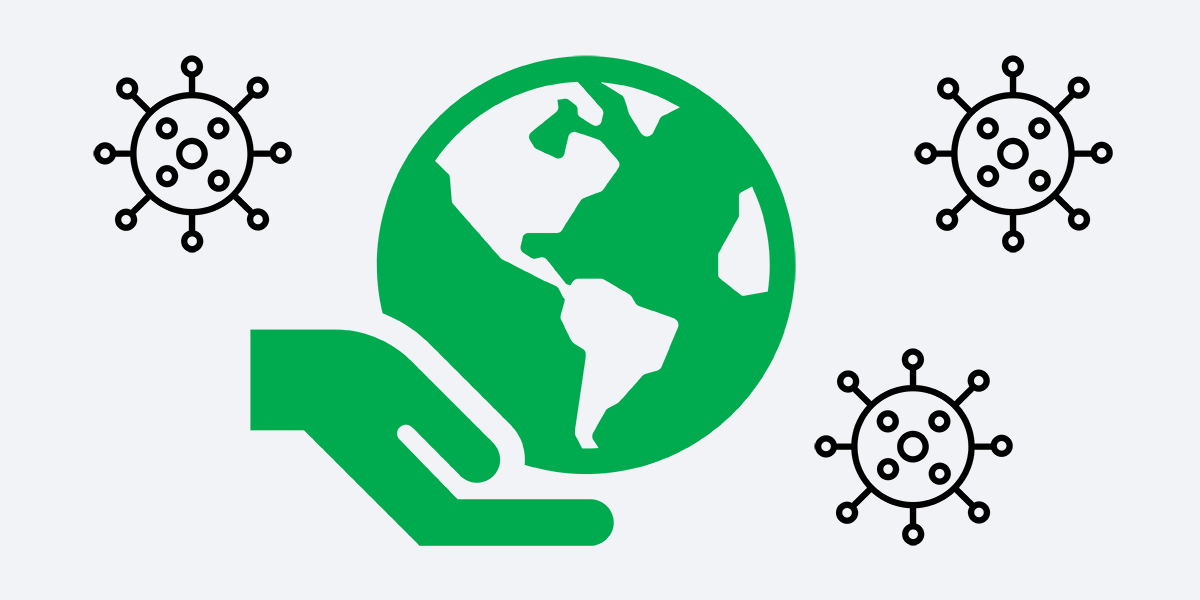Hoo boy. It’s crazy out there.
But you — yes, YOU — have an amazing opportunity to support both your fellow humans and the organization you work for. You have an opportunity to make changes to your offerings and your customer experience today that will:
- Support your customers’ wildly changing needs and expectations,
- Drive crucial revenue in the short term, and
- Build customer loyalty that will ensure the long-term viability of your business.
Sitting at your desk (or at your kitchen table) and reading the news, these objectives may seem out of reach. But a handful of companies have taken the lead over the past few days — and can offer valuable lessons on how to rethink your customer experience in the time of the coronavirus.
- Slash red tape — and don’t even think about nickel and diming your customers. Last week, along with millions of other travelers, I had to cancel three weeks’ worth of business flights in the span of two hours. United, not usually one to pass up lucrative change fees, garnered my goodwill by charging me nothing for my cancellations. The airline is also waiving all change fees for new bookings made by March 31, a move that will bring in revenue while making customers feel better about plopping down money for flights during an economically unstable time (and giving them hope that they’ll one day get to take their vacations). Delta, JetBlue, and a slew of other airlines have made similar changes to their normal policies.
- Create special offerings for homebound customers. In a March 16 email newsletter, Napa Valley winery Arkenstone introduced its Cabin Fever Virtual Tastings. “We have opened up wine allocations previously reserved for the tasting room and put together a special sampler three-pack of our current lineup that can ship directly to you. Once your wines arrive, email us to schedule your private virtual tasting with one of our hosts from Arkenstone.” Priced at $365, the three-pack of wines is way out most wine drinkers’ budgets. But it’s a brilliant way for the winery to bring in some revenue, provide people with a distraction during the potentially long quarantine period, and stay personally engaged with some of its most ardent customers.
- Support at-risk customers. As we’ve learned, certain populations are more at risk for complications or death due to the coronavirus. To ensure that everyone can get the food and supplies they need, stores ranging from high-end supermarkets to discount chains and drugstores are designating certain times for seniors, pregnant women, and other at-risk people to shop. Whole Foods announced that it’s setting aside this time to help vulnerable customers “feel more comfortable shopping our stores and helping to ensure they are able to get the items they need in a less crowded environment.”
- Be generous with your resources. Faced with an order to shut its doors and not wanting to throw away its fresh food, the two owners of Guerrilla Tacos in Los Angeles came up with the idea to sell emergency kits with 5 pounds each of roasted chicken and carne asada, along with tortillas, salsa, rice, and beans. But they didn’t stop there. Each kit also contains four rolls of toilet paper and 30 eggs — supplies that the restaurant has in abundance and its customers are having a hard time getting ahold of. The fine print on the emergency taco kit order page says: “No substitutions. No refunds. It’s a tough time.” But I doubt customers mind the restriction on the kit, which is priced at $156. Not only do they get yummy food and essential provisions, the revenue from the kits is enabling the owners to pay their staff and vendors — and provide health insurance to employees.
- Just do the right thing. With millions of kids now home from school — and the possibility that they won’t return before the end of the academic year — remote learning has become a necessity. In response, Zoom is temporarily suspending its 40-minute time limit on free accounts for anyone with a valid school email address. With a surge of newly homebound office workers and a corresponding spike in Zoom app downloads, the company is in the enviable financial position of being able to forgo a large stream of potential immediate revenue — and create hordes of loyal school-kids-turned-paying-customers in years to come.
These companies — both large and small — understand how to support their customers’ goals and their own short- and long-term business objectives.
What other examples have you seen of organizations that leading the way during this time? What are you doing in your organization? Please share below!




